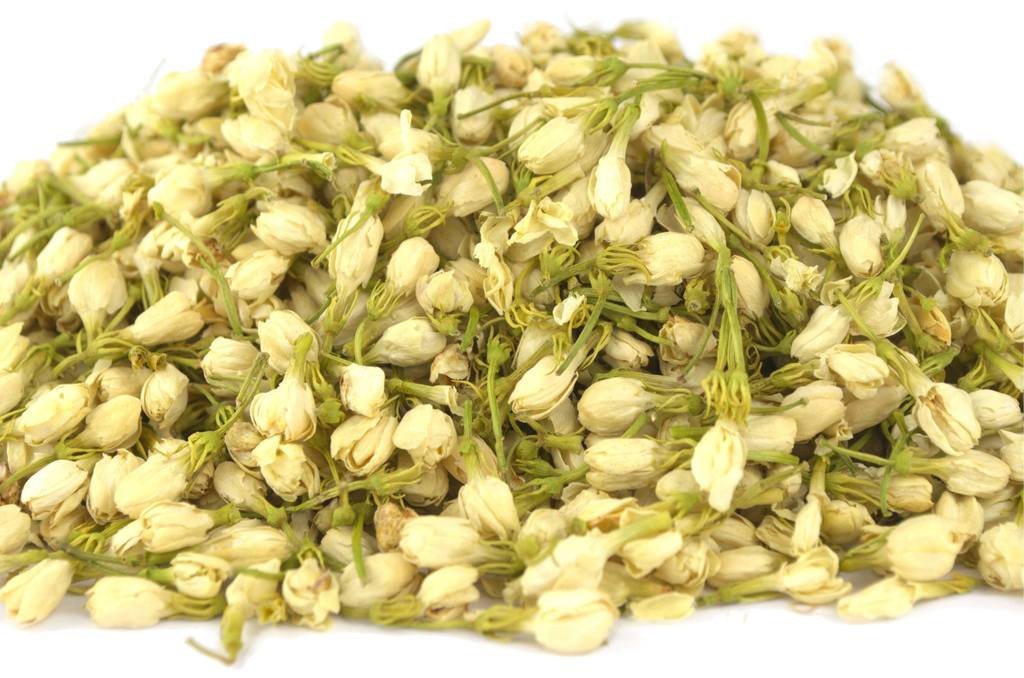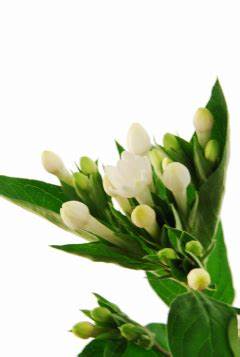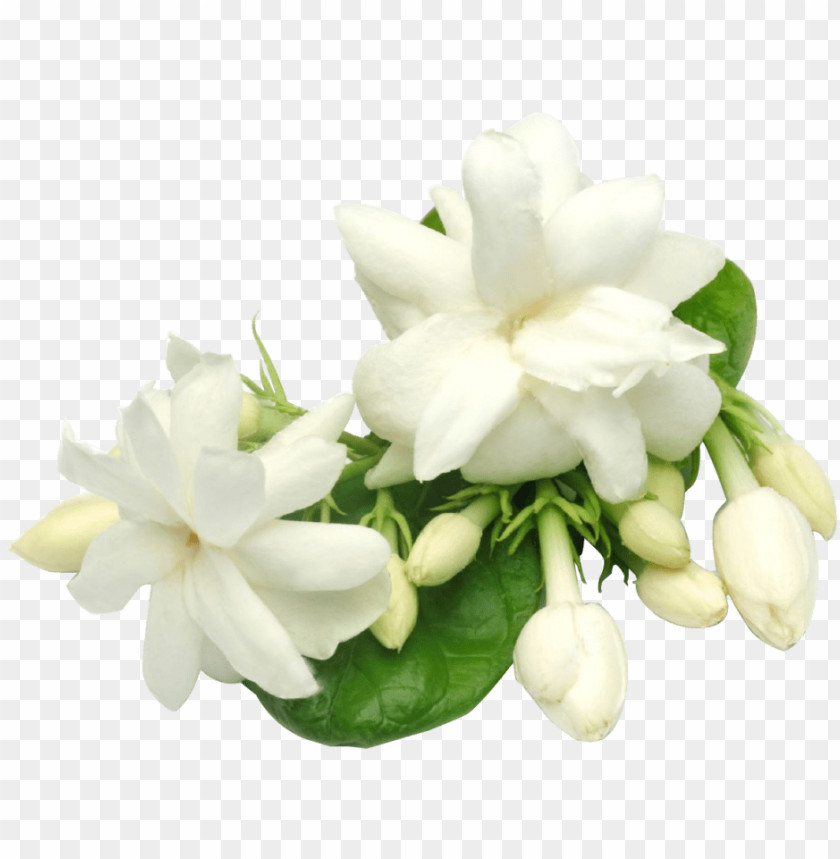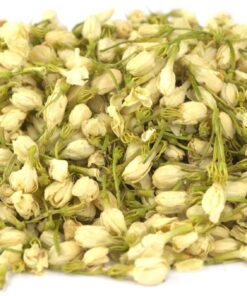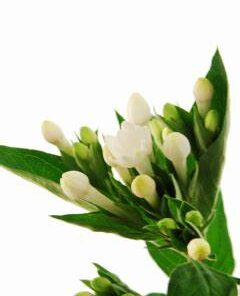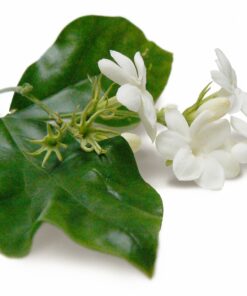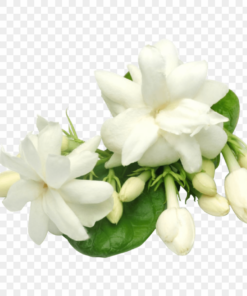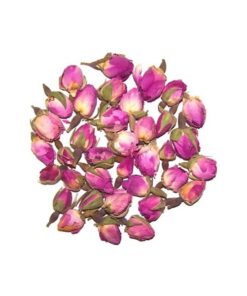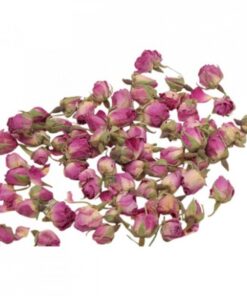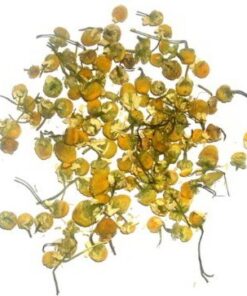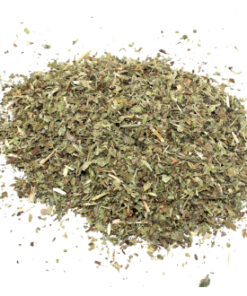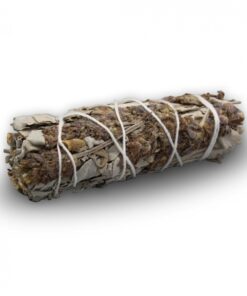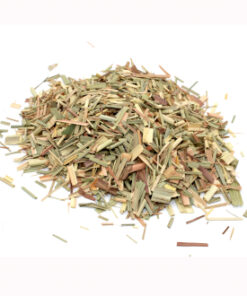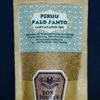No products in the cart.
Warning: Trying to access array offset on false in /data01/virt107615/domeenid/www.minervashop.eu/htdocs/wp-content/themes/flatsome/inc/woocommerce/structure-wc-global.php on line 462
Warning: Trying to access array offset on false in /data01/virt107615/domeenid/www.minervashop.eu/htdocs/wp-content/themes/flatsome/inc/woocommerce/structure-wc-global.php on line 463
Warning: Trying to access array offset on false in /data01/virt107615/domeenid/www.minervashop.eu/htdocs/wp-content/themes/flatsome/inc/woocommerce/structure-wc-global.php on line 464
Warning: Trying to access array offset on false in /data01/virt107615/domeenid/www.minervashop.eu/htdocs/wp-content/themes/flatsome/inc/woocommerce/structure-wc-global.php on line 465
Warning: Trying to access array offset on false in /data01/virt107615/domeenid/www.minervashop.eu/htdocs/wp-content/themes/flatsome/inc/woocommerce/structure-wc-global.php on line 471
Warning: Trying to access array offset on false in /data01/virt107615/domeenid/www.minervashop.eu/htdocs/wp-content/themes/flatsome/inc/woocommerce/structure-wc-global.php on line 471
Dried herbs
4,00 €
Out of stock
Osmanthus Tea Benefits
Osmanthus, a yellow-gold flower grown in Southern China, has a uniquely sweet and buttery fragrance that makes it not only delicious to drink as a pure tea or part of a tea blend, but also great to create sweet desserts. Its melanin content and high concentrations of antioxidants may also serve to slow aging and the browning of foods. In Traditional Chinese Medicine (TCM), osmanthus is a well known herb that can improve skin, detoxify the body, reduce thick saliva in the throat and boost lung health. In practice, osmanthus tea is often consumed when one suffers from a dry skin or hoarseness. At last, this national flower is also popular among Chinese seniors with a weak digestive function. Some of the most desired benefits of osmanthus tea include its ability to improve the complexion of the drinker, as well as helping the body to rid itself of excess nitric oxide. Traditional Chinese medicine claims that removing the excess nitric oxide from one’s body can help reduce the risk of the onset of cancer and diabetes, making it a popularly recommended drink. Thanks to the low pollen count of these flowers, they should be suitable for most drinkers, with little risk of an allergy occurring, although as always, should any symptoms arise, please seek medical help and seek consultation before starting any herbal treatment using this flower. As it’s caffeine free, pure osmanthus flower tea can be enjoyed at any time of the day or evening without encountering trouble getting to sleep. Besides making desserts and drinking pure osmanthus tea. These delicate little flowers blend very well with teas. In Taiwan, it’s very popular to blend osmanthus flowers with lightly oxidized oolong. Osmantus Oolong tea. Simply steep the oolong tea first and then sprinkle a few osmanthus flowers on top or steep it together.
What’s less well known is that this flower is also often used to improve the flavor of pu erh tea after several steeps. Both ripe and sheng pu erh types are suitable for this, but we recommend it especially for a ripe pu erh. What you simply need to do is to first steep and enjoy your pu erh tea for several steeps, and when the flavor becomes plain you simply add some osmanthus flowers and steep it together. It’s pretty amazing as you will find that the body of the pu erh tea will be reactivated and last for another 2-3 steeps.
How to Steep
The fact that our osmanthus flowers are perfectly dried not only makes them perfect for long-term storage, but also great to extract all the flavor when steeped. Generally all kinds of teaware are suitable except for clay teapots, and glassware is recommend if you want to enjoy the appearance of the flowers. Osmanthus flowers are very concentrated in flavor, so you should try to steep a mug starting with just a teaspoon of flowers first and increase if you feel that it lakes flavor.
Also adjust the amount depending if you want to steep the same flowers multiple times or just once. For multiple steepings it’s recommended to get glassware with a complementary infuser part, so you can filter out the flowers and let them sit until you’re ready for your next cup. Of course, for multiple steepings you also want to increase the amount of flowers.
| herb | jasmine 10g, lavender 10g, red flower 20g, osmanthus 28 g |
|---|



